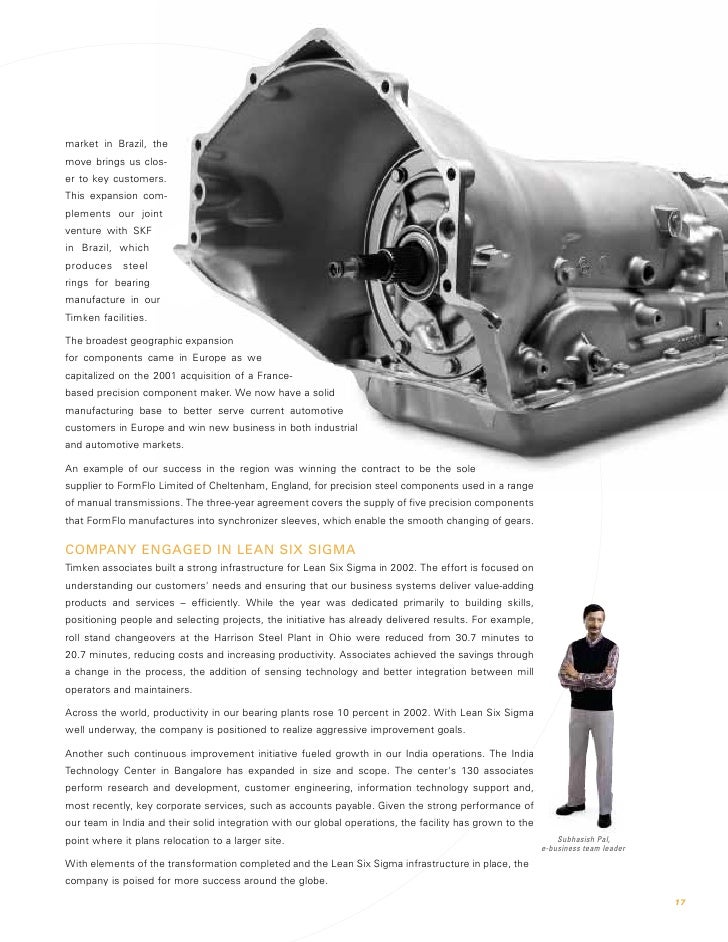Skf Bearing Engineering Handbook For Recreational Railroaders

Background Rolling bearings are one of the most common machine elements today. Almost all mechanisms with a rotational part, whether electrical toothbrushes, a computer hard drive or a washing machine, have one or more rolling bearings.
Radmin 212. Automotive Lease Guide Inc. Automotive Quality. Canadian Bearings, Ltd.** Canadian. Consolidated Engineering Services** Consolidated Metal. Knighthill Leisure Group** Kobrand. RJ Corman Railroad Construction.
In bicycles and especially in cars, there are a lot of rolling bearings, typically 100–150. Bearings are crucial—and their failure can be catastrophic—in development-pushing applications such as railroad wheelsets and, lately, large wind turbine generators. The Swedish bearing manufacturer SKF estimates that the global rolling bearing market volume in 2014 reached between 330 and 340 billion bearings.
Rolling bearings are named after their shapes—for instance, cylindrical roller bearings, tapered roller bearings and spherical roller bearings. Radial deep-groove ball bearings are the most common rolling bearing type, accounting for almost 30% of the world bearing demand.
The most common roller bearing type (a subtype of a rolling bearing) is the tapered roller bearing, accounting for about 20% of the world bearing market. With so many bearings installed every year, the calculations in the design process, manufacturing quality, operation environment, etc. Have improved over time. Today, bearings often last as long as the product in which they are mounted.
Not that long ago, you would have needed to change the bearings in a car’s gearbox or wheel bearing several times during that car’s lifetime. You might also have needed to change the bearings in a bicycle, kitchen fan or lawn mower. For most applications, the basic traditional bearing design concept works fine. However, for more complex multidomain systems or more advanced loads, it may be necessary to use a more advanced design software.
Has been used in advanced multidomain bearing investigations for more than 14 years. The accuracy of the rolling bearing element forces and Hertzian contact stresses are the same as the software from the largest bearing manufacturers. However, SystemModeler provides the possibilities to also model the dynamics of the nonlinear and multidomain surroundings, which give the understanding necessary for solving the problems of much more complex systems. The simulation time for models developed in SystemModeler is also shorter than comparable approaches. In this blog post, I will briefly describe traditional bearing design and indicate what can be done in SystemModeler. Finally, I will show two bearing examples. The first discusses bearing preload, and the second bearing monitoring with vibration analysis.
Traditional bearing life predictions Bearing life, i.e. How long you can expect your bearing to last, is a statistical quantity. The basic life rating is associated with 90% reliability of bearings. The basic life rating is where L 10 is the number of revolutions in millions; C is the basic dynamic load rating, a value supplied by the manufacturer; and P is the equivalent dynamic bearing load, which needs to be calculated for the bearing. Typically, the load arises from gravity, gears, belt drives, etc. Finally, p is the life equation exponent.